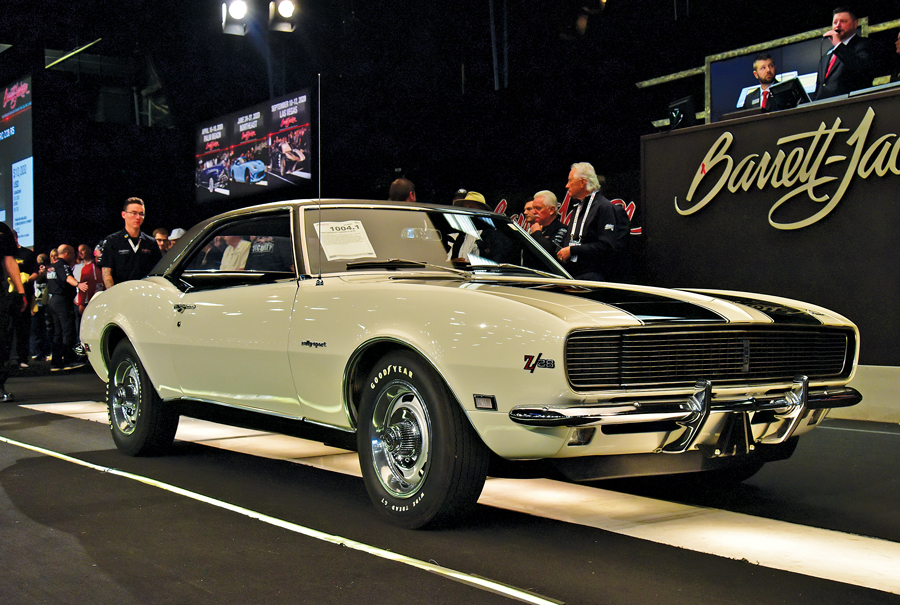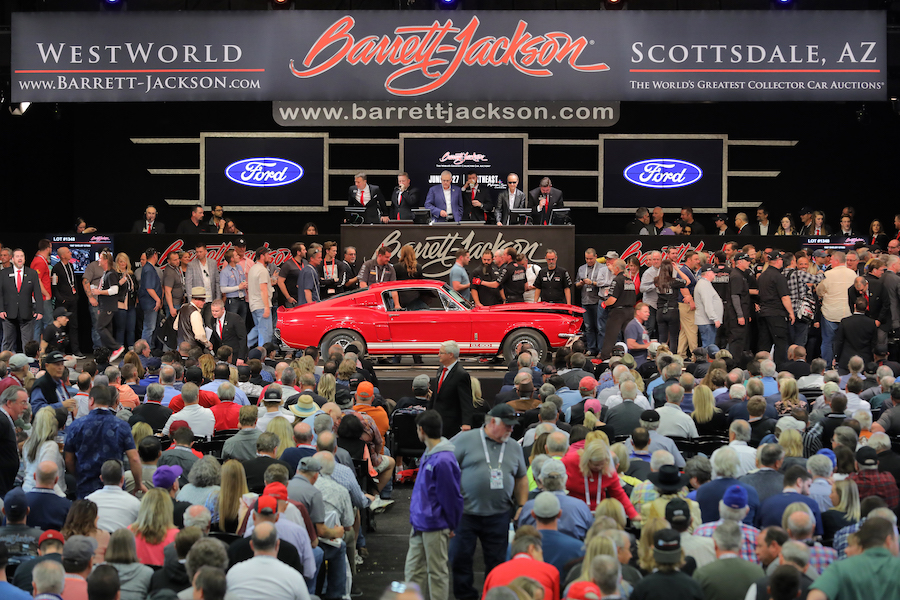
Let’s say that you’re in the market for a new vehicle and you go to an auction to pick one up. You want it to be 100% original, numbers matching, the whole enchilada. If one comes across the block, how do you know it’s authentic? Is it the real deal, or did someone build it up from a lesser example?
This is the problem facing buyers and sellers at every collector-car auction.
Barrett-Jackson has come up with a way to solve this issue. They don’t offer a verification service with their sales. Instead, they confirm that the vehicle in question is, in fact, what the consignor claims it is in their description. This way, before the car even crosses the block, bidders know that what they see listed on the car card is what’s actually out in front of them. And for good reason, too.
On the one hand, it’s about liability. Say you bought your dream vehicle and you find out it’s not what it was purported to be. In that scenario, Barrett-Jackson has a problem to deal with, and they don’t want that at all. What if Barrett-Jackson makes up a tag for the window and makes a claim about something that the car doesn’t have? Then they’re not representing what’s actually for sale, and that’s not good for business, either.
Ultimately, they want to make sure that both the buyer and seller are happy. And to do that, they have to make sure that what’s coming in is what it says it is, and that it’s the same coming out.
This is not an easy process to do with a small amount of cars, but the Barrett-Jackson Scottsdale event had more than 1,900 in January, and that makes things a lot more difficult. Fortunately, they’ve been doing this for almost 50 years now, so they have a good handle on how it goes down.
The folks at Barrett-Jackson took us behind the scenes to see exactly what it’s like going through the lanes, from initial inspection all the way to parking. Then they also showed us their verification area, where vehicles are checked out by experts such as David Wise (Mopar), Jason Billups (Ford), Jim and JB Mattison (GM), John Ballard (Corvette), Jerry MacNeish (GM), Mark Schwartz (Resto-Mod) and others in an effort to make sure the cars are what the sellers claim they are. It’s a fascinating deep dive into what makes this powerful auction tick.
But there’s one important thing to take away from this process: If you want to do this type of thing yourself, you either need to become an expert on the type of vehicle you want to buy or hire one to do the work for you. That encyclopedic knowledge of the model is critical to making sure that what’s in front of you is what it’s claiming to be.


Here it is: The spot where every car that goes over the block starts. Vehicles are unloaded here, put through a basic inspection, and then passed on to the more thorough parts of the process.
-
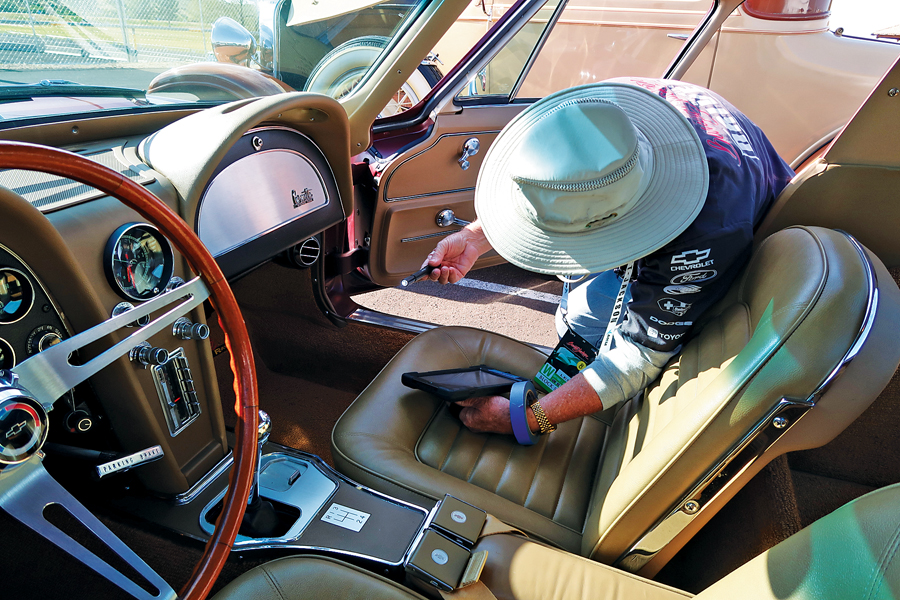
Things run fast right out of the gate, and the car I’m introduced to is a 1966 Chevrolet Corvette 427/390 coupe. The very first step is an initial inspection, and that begins with looking under the passenger’s side of the dash to verify the VIN. -
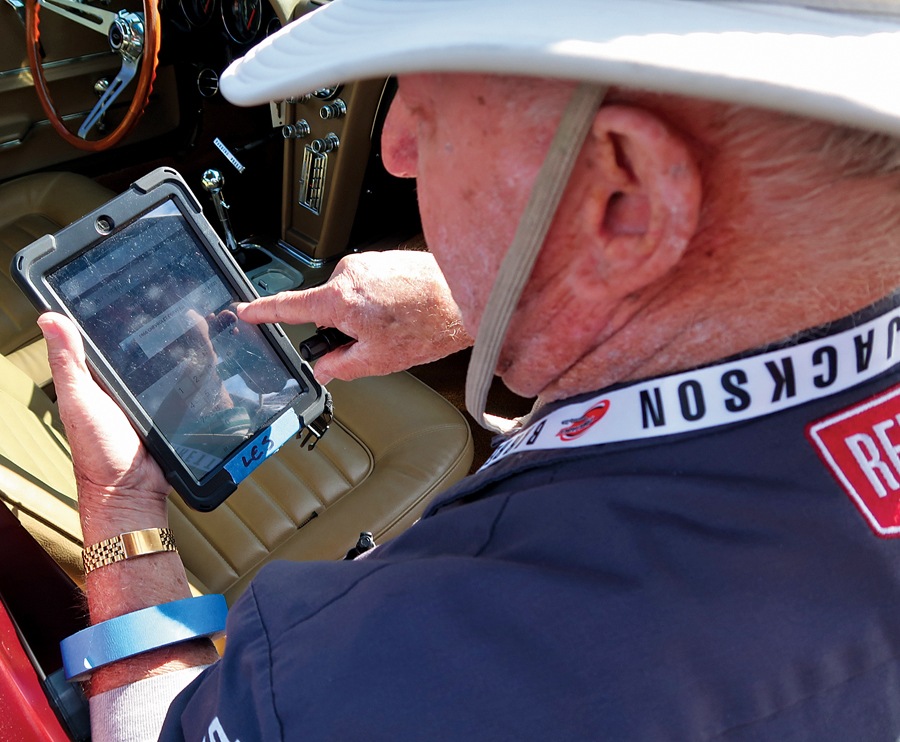
Each inspector has a tablet to use for the process. As they go through and make sure everything is up to par, they check it off the list until everything is done. -
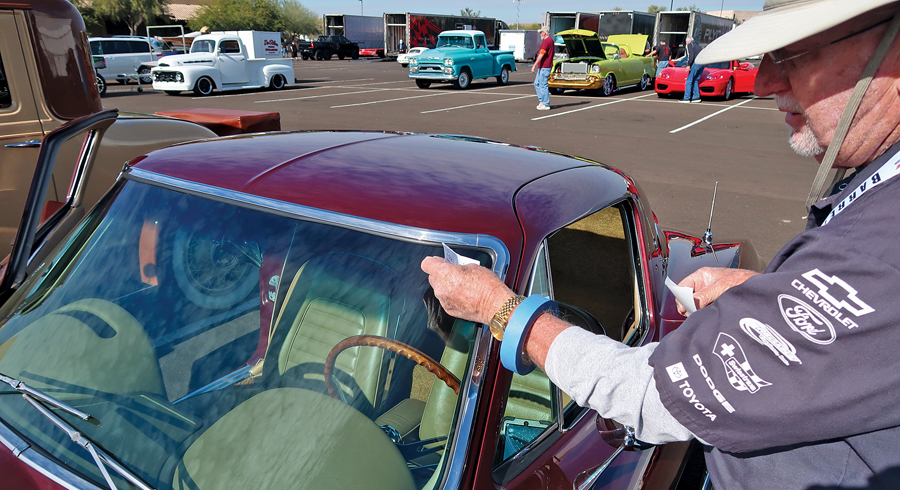
Once the initial inspection is complete, a sticker is printed and stuck on the top of the driver’s side of the windshield. This is a surface inspection at this point, so all they’re looking for is the basics. The big stuff comes next. -
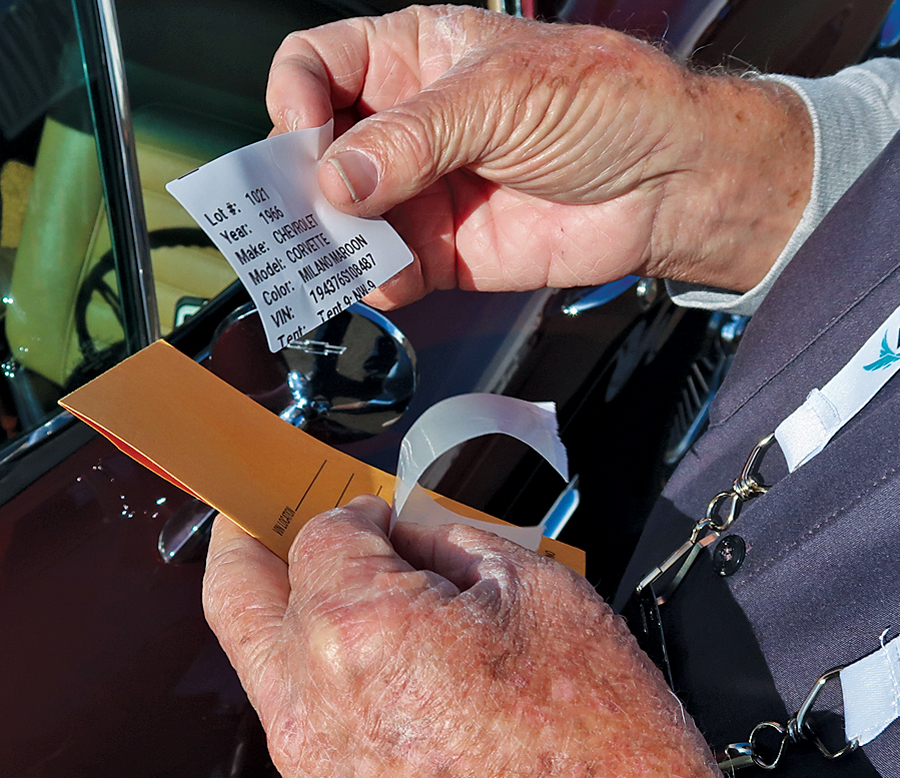
A matching windshield sticker is also printed out and put onto the key bag. This will stay with the car and the driver until it’s parked. Then it will be put into the Key Control Room, where it’s secured and properly sorted. -
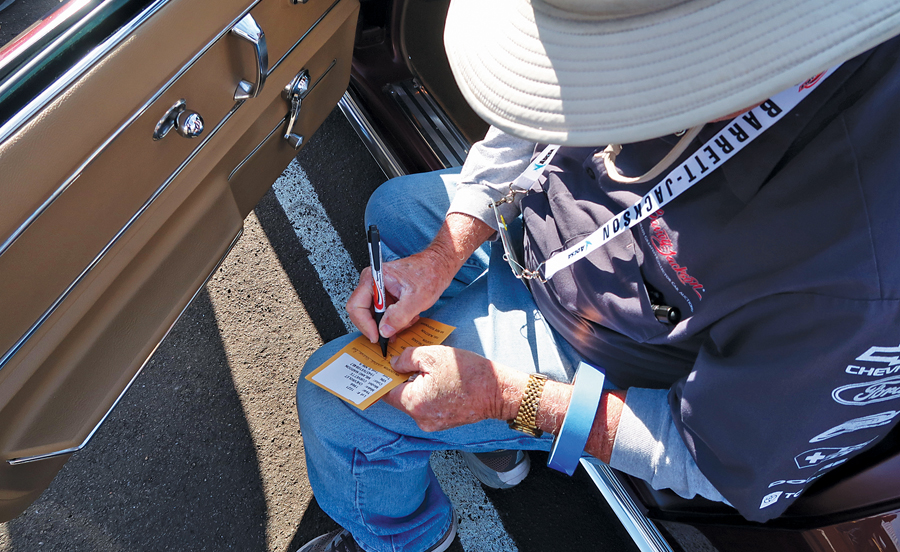
Any additional notes that are necessary for the next step are put down on the key bag itself. This way, nobody has to hunt for things such as the VIN location. -
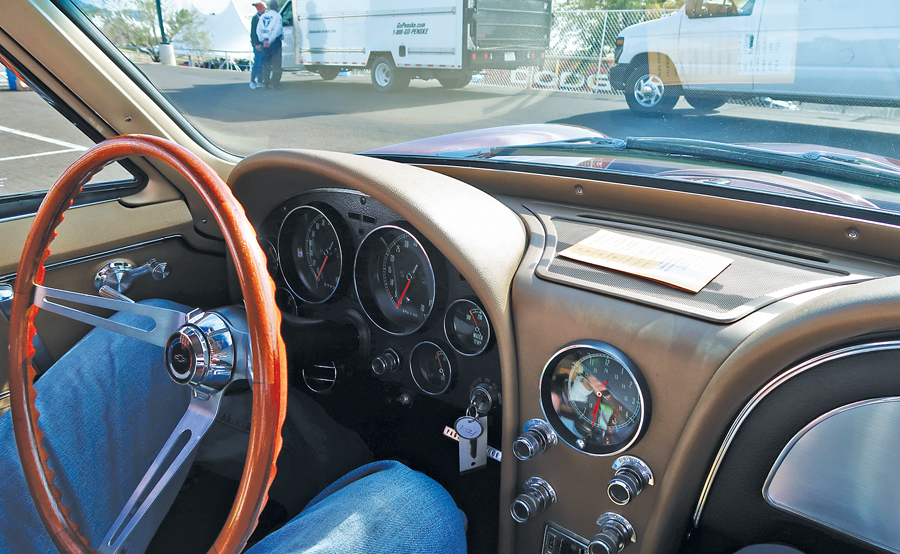
The car is then carefully driven by a designated driver to the next stop. It’s not a long stretch to drive, but with lots of cross traffic, it can be stressful. -
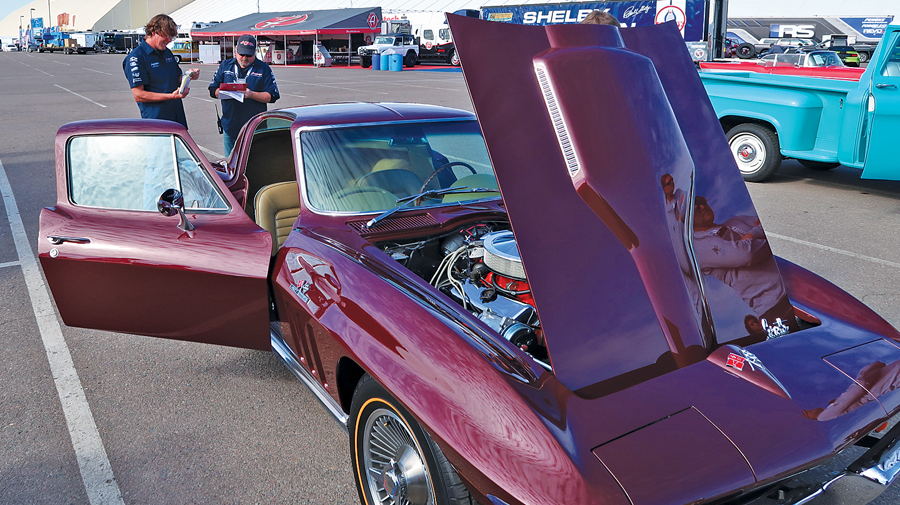
Now at the next leg of the journey, the car is given a good once-over. If there are documents that come with it, they’re presented here, then turned over to the Property Room. The idea is to make sure that everything that’s on the window sticker (Barrett-Jackson calls it a car card) is actually on the car. -
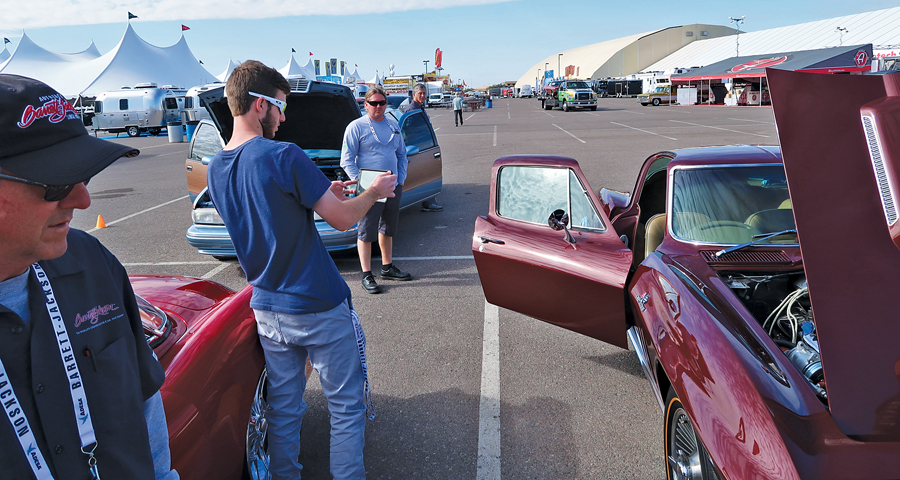
Another thing that happens here is that every bit of the car is captured on video using a tablet. This way if there’s a dispute about the condition of the car later, there’s proof of how it was delivered to the auction. -
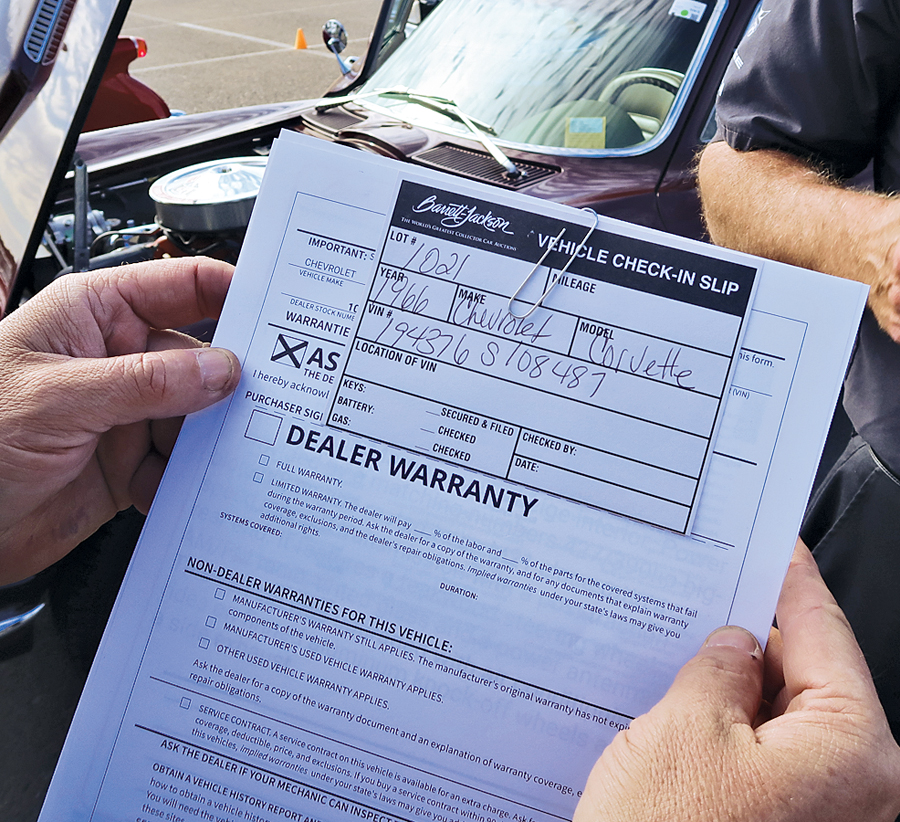
The check-in slip and all necessary paperwork are also verified. -
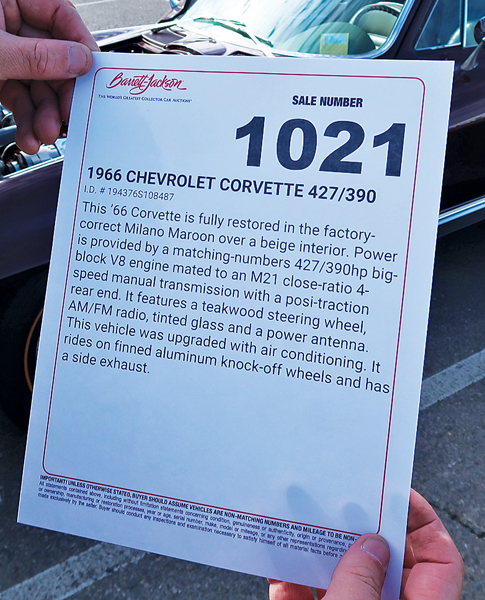
Now the car card is gone through as well. The goal is to make sure that what’s printed here is actually on the car. If it’s not? Well, then they have to make a determination: Is it simple enough to just change the listing details? Or is it a big enough deal that it needs to go through a more thorough examination? -
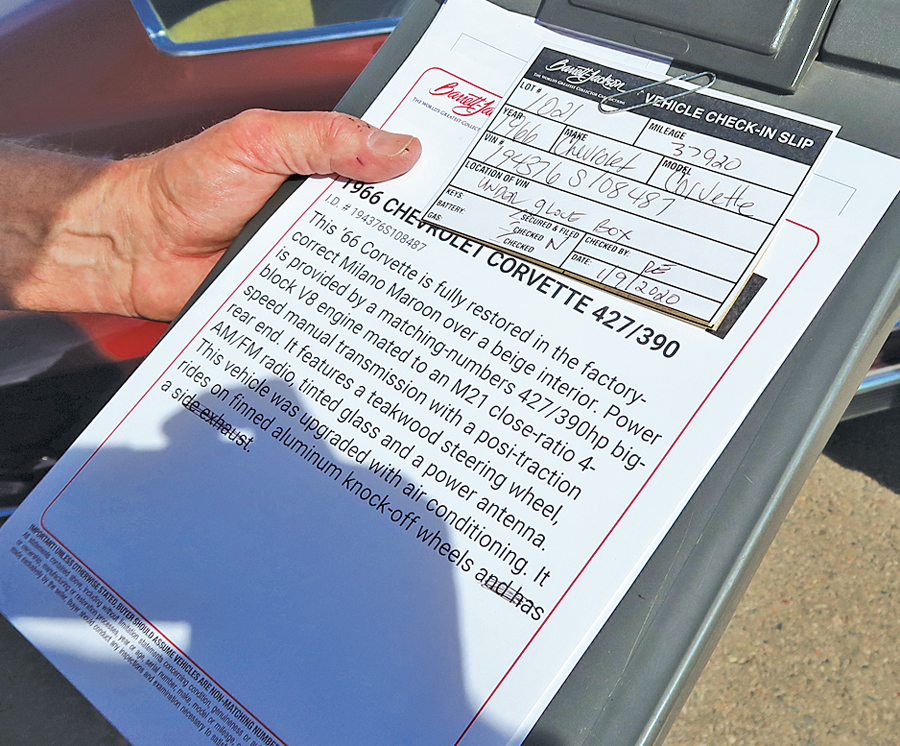
In this case, there was a problem: The listing said it had a side exhaust, but the car didn’t. The solution? Scratch out that detail on the listing and send it off for correction. 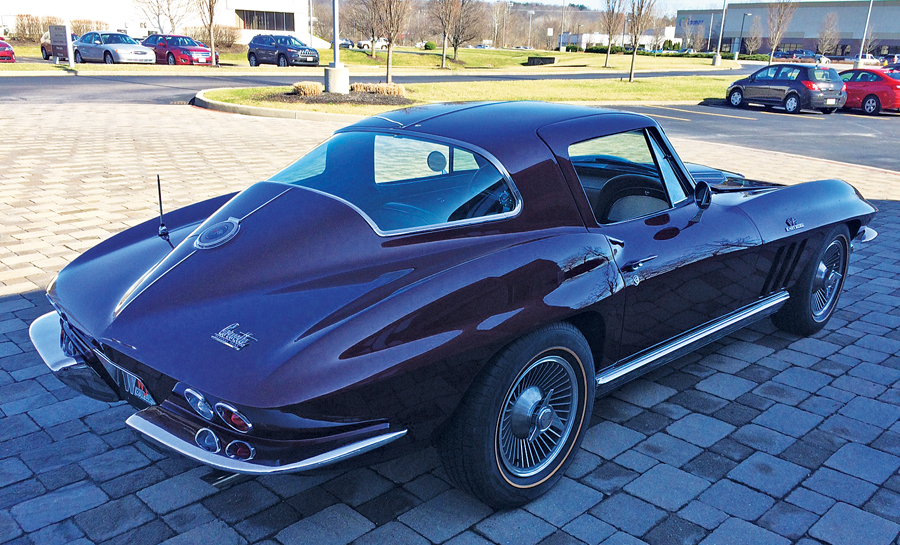
-
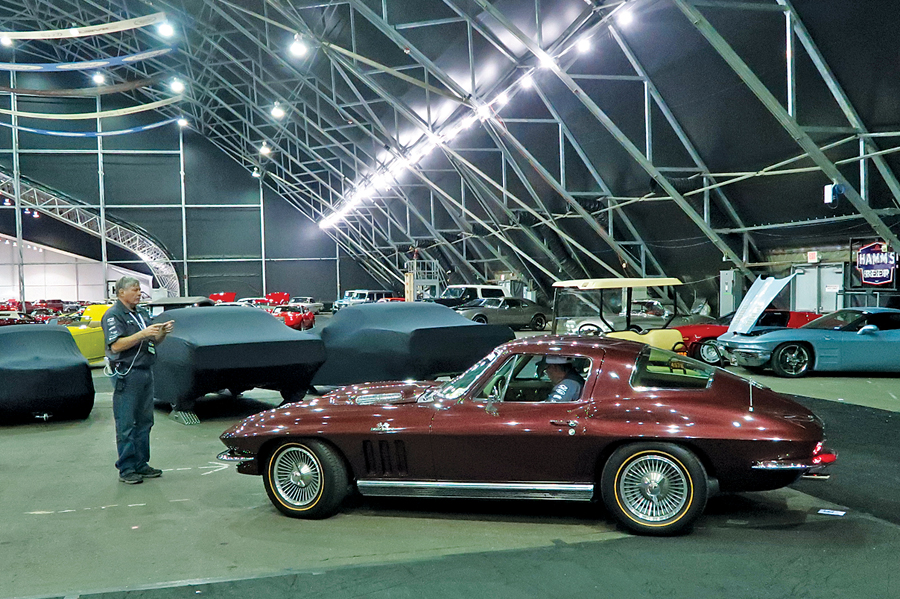
The car is then driven by the same driver to its designated parking spot, which in this case was in Tent 9. The driver is guided into a parking space, and — this is the tricky part — has to look only at the guide while driving in reverse. It’s how all the cars get parked so perfectly, but it goes against your instincts as a driver. -
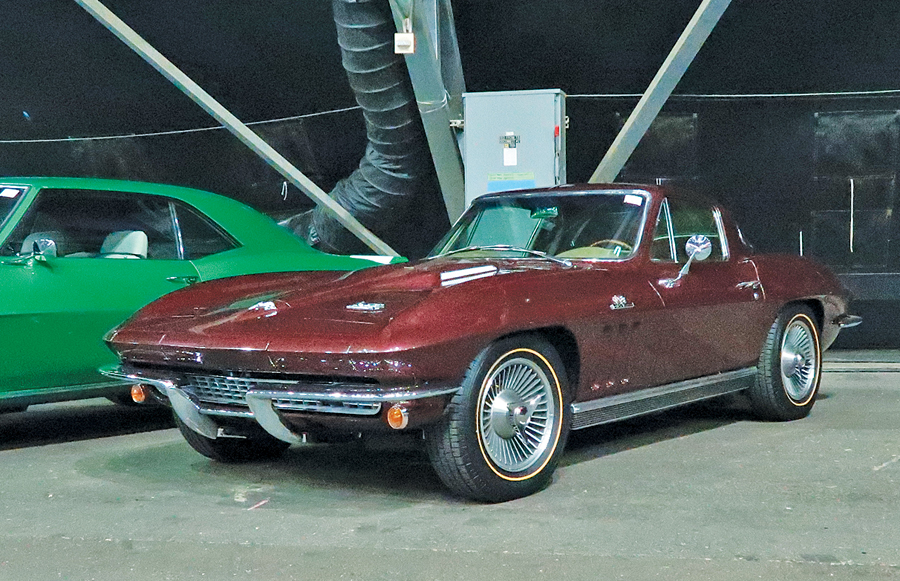
And there it is: Lot 1021 parked and ready for the show. A few days later, it crossed the Barrett-Jackson auction block and sold for $85,800. -
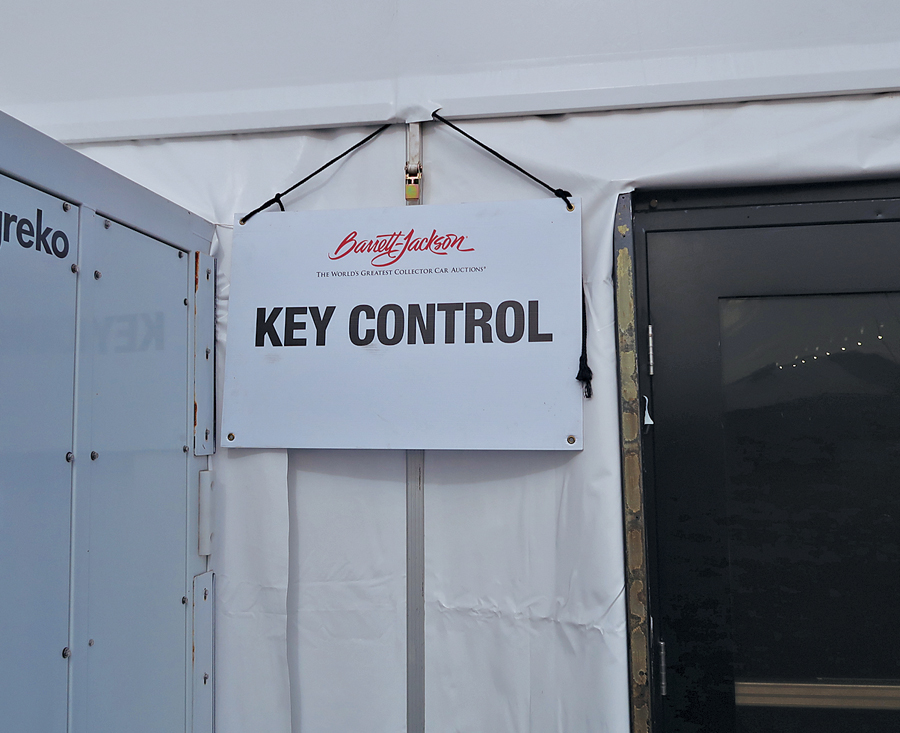
Of course, we’re not quite done yet. The next stop is one tent that holds two key spots: the Key Control Room and the Property Room. -
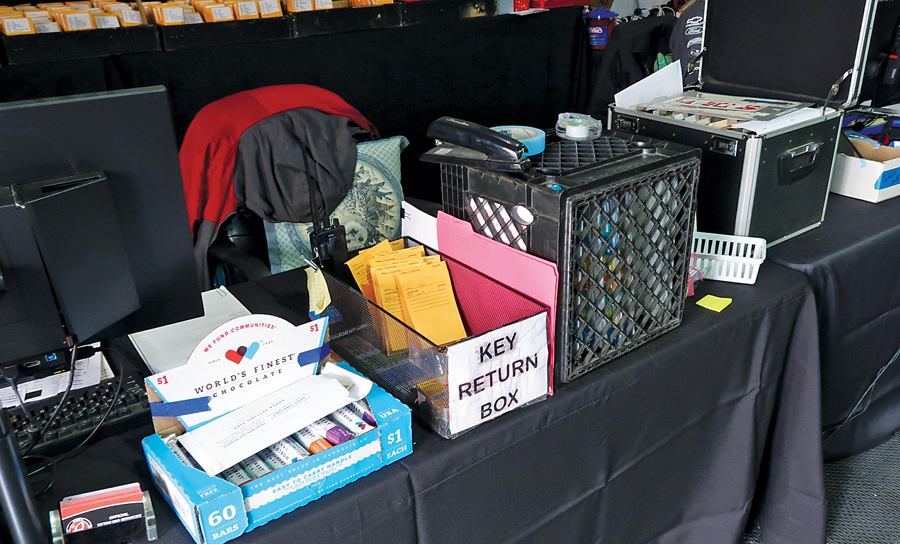
All key bags are placed in the appropriately named Key Return Box. -
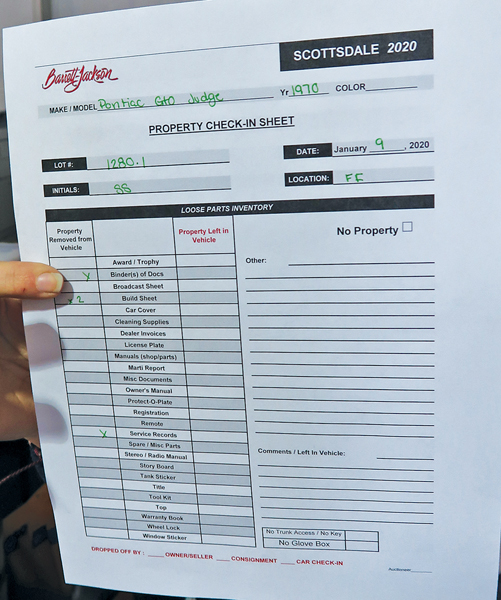
Any property for the vehicle is now put into the system, and that starts by filling out the Property Check-In Sheet. Anything that comes with the car — extra wheels, paperwork, etc. — is all logged in here. -
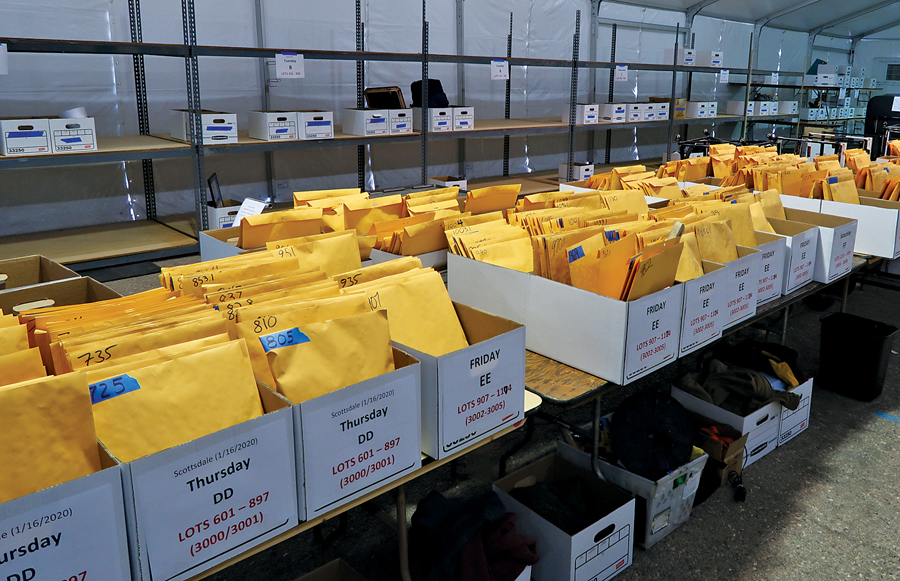
If it’s small enough to fit into a manila envelope, it’s placed in one, tagged, and sorted by day. Then it’s put into the other half of the tent, which looks like it also might hide the Ark of the Covenant. -
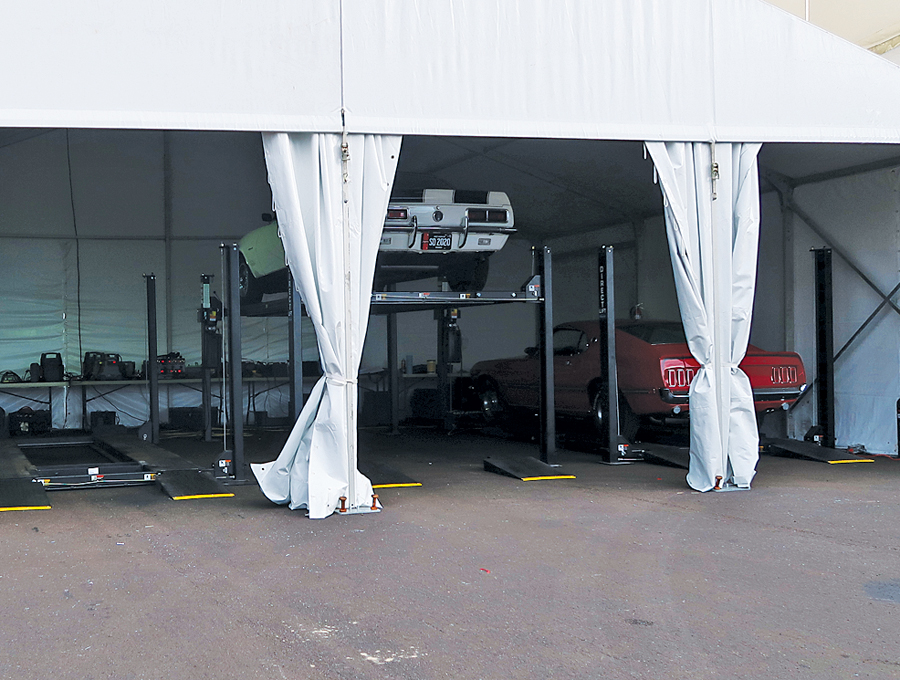
Tucked away from all the main action is this nondescript tent. Turns out this is where a lot of the real action is. -
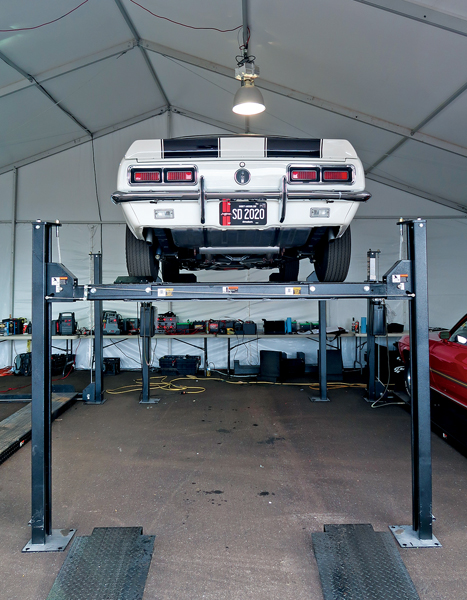
Inside are four four-post lifts and a few experts divided up by brand: Chevy, Pontiac, Ford, etc. These teams are there to do deeper dives into as many vehicles as possible, with the goal being to confirm whether the car is as authentic as the paperwork and owner claim it to be. -
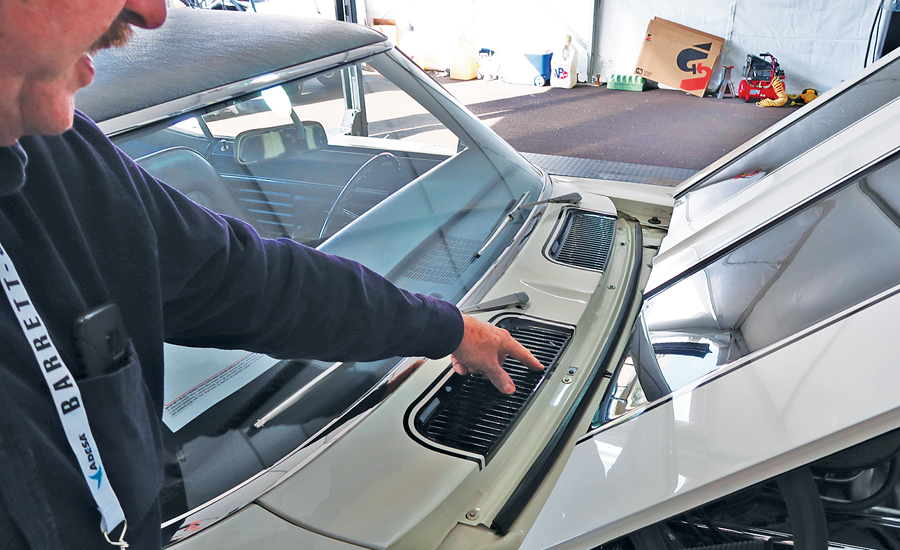
Inside, I meet two of those experts: Jerry MacNeish and Norm Meads, who walk me through an inspection of Lot 1004.1, a 1968 Chevrolet Camaro Z/28 RS. (It ended up selling for $72,600.) The first thing they check is the VIN, which is also stamped on the body under the cowl. If it’s not there, or it doesn’t match the one on the dash, it could be a body swap, and the appropriate actions are taken. -
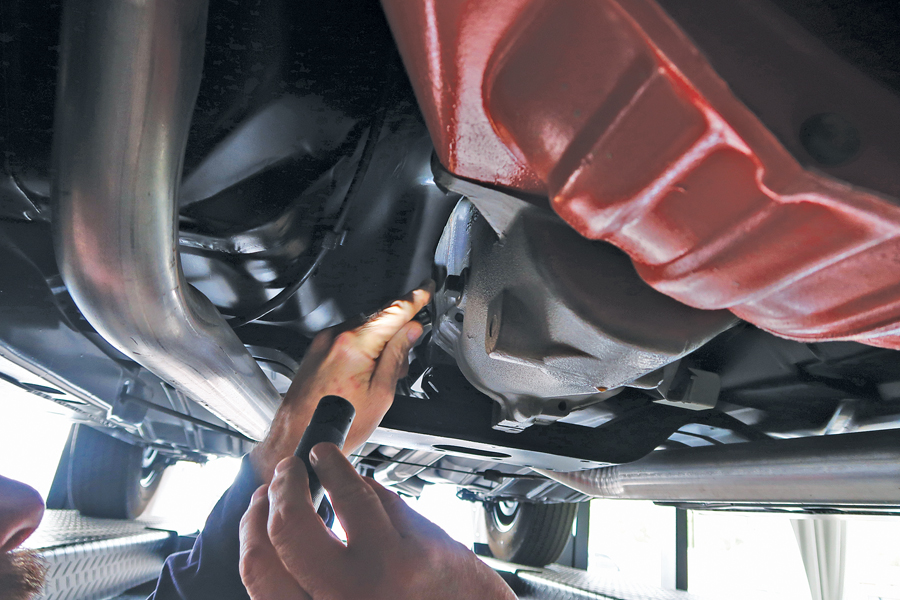
The underside of the car is inspected as well, with the numbers verified on the transmission and, moving back under the hood, the engine. The cool thing is that if they need to unbolt a part or move something to do their job, they will. It’s just another way to make sure they’ve got the right vehicle in front of them. -
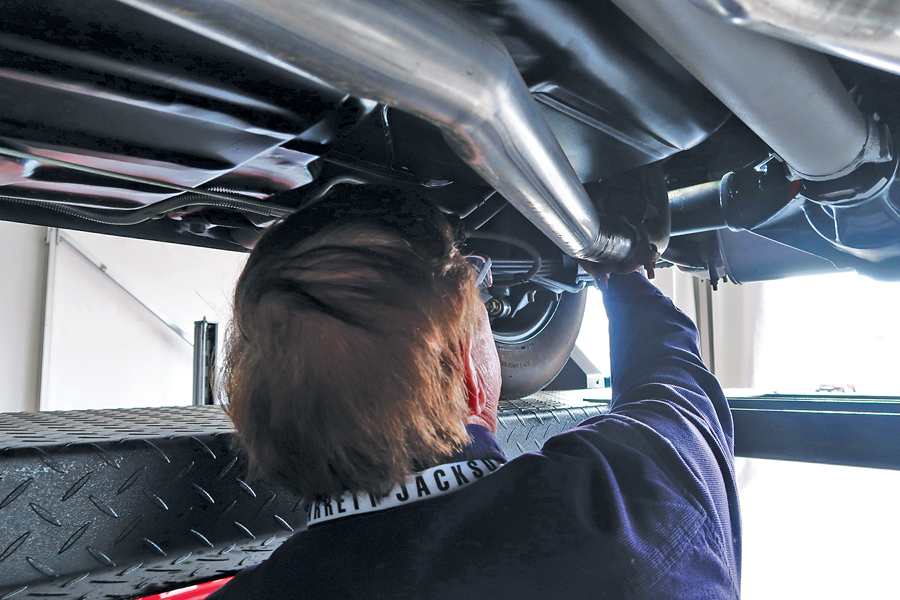
Even the numbers on the axle are checked. If the paperwork says it was built at a certain time but the axle says otherwise, they’ll also make adjustments to the ticket. This is particularly important in claims of having a numbers-matching vehicle. If anything isn’t what it’s claimed to be, Barrett-Jackson makes sure the car card is adjusted accordingly. If everything matches, the car is off to the auction.
Sold! Sold! Sold! — that’s the goal when all’s said and done
